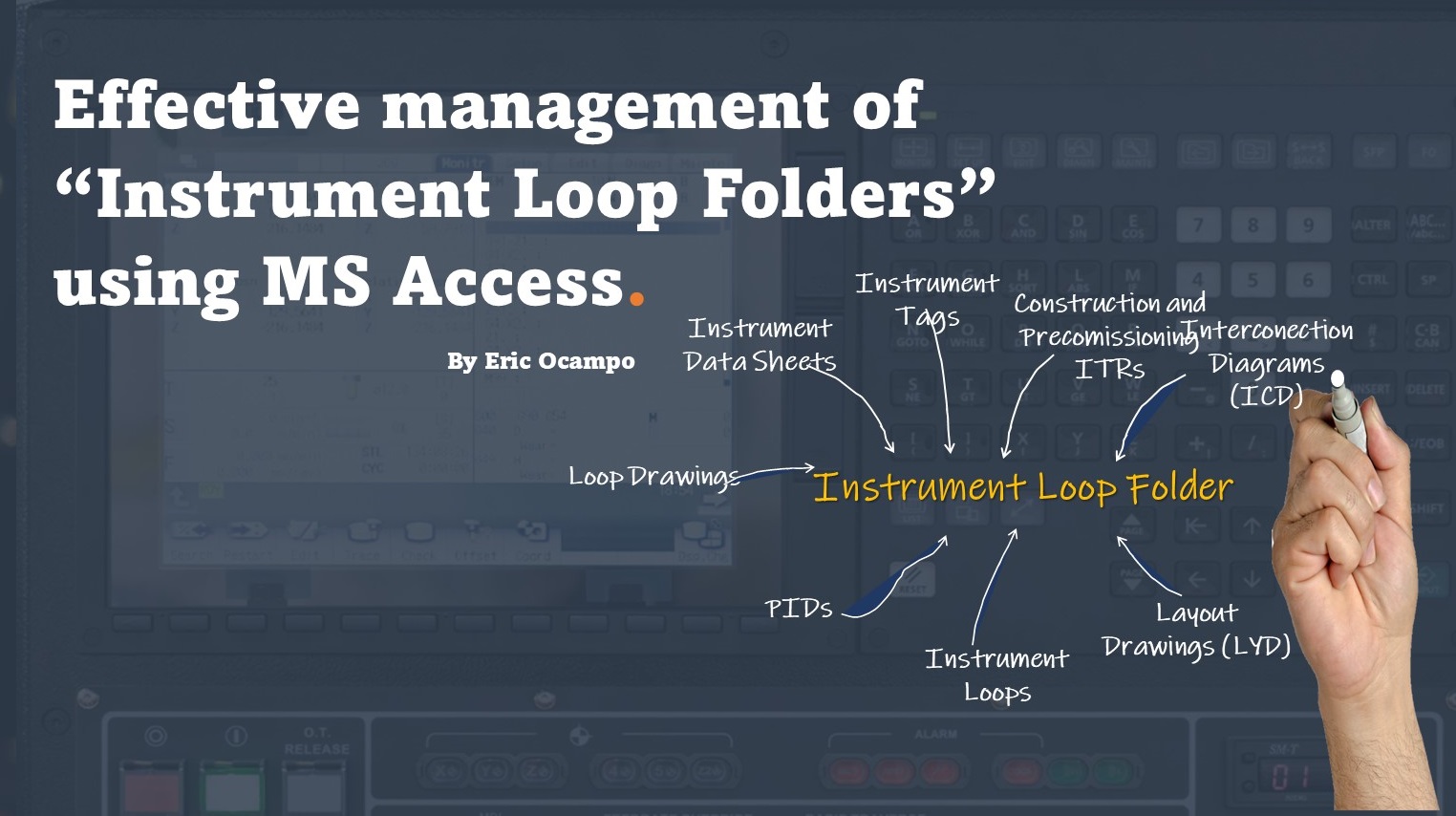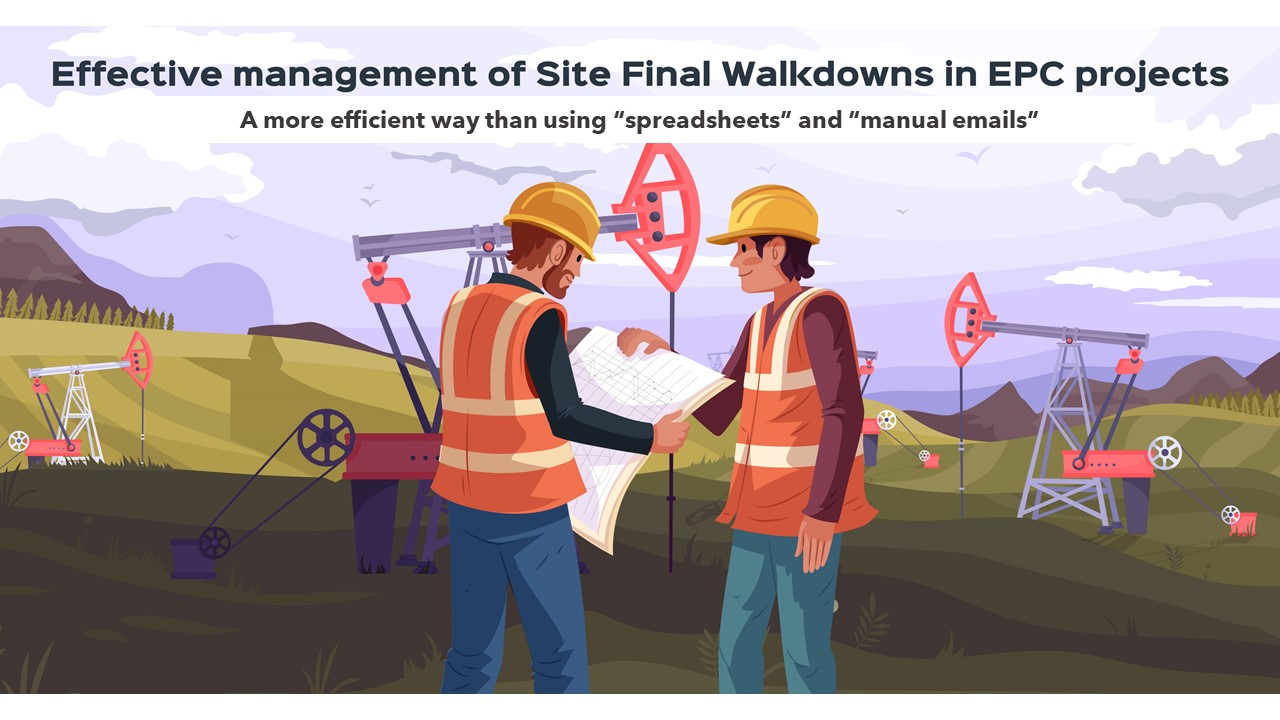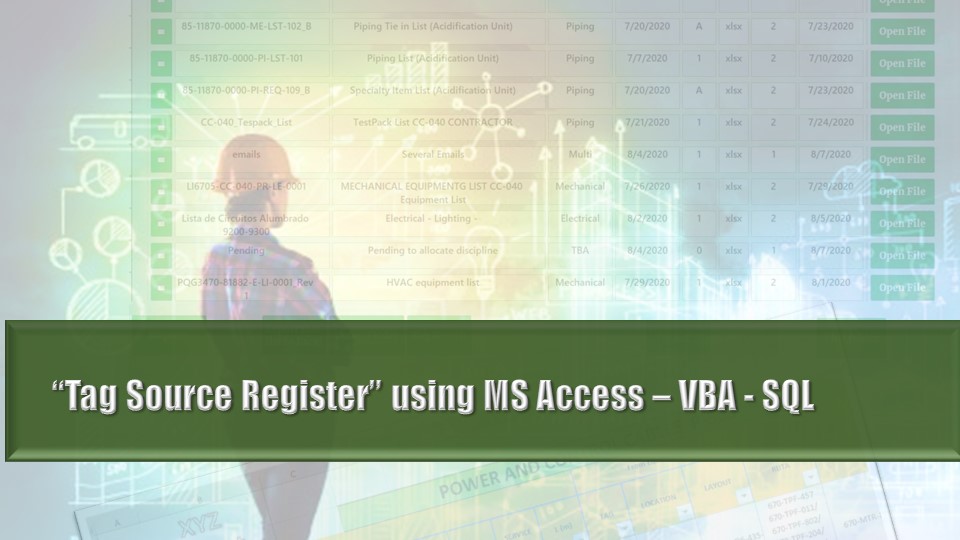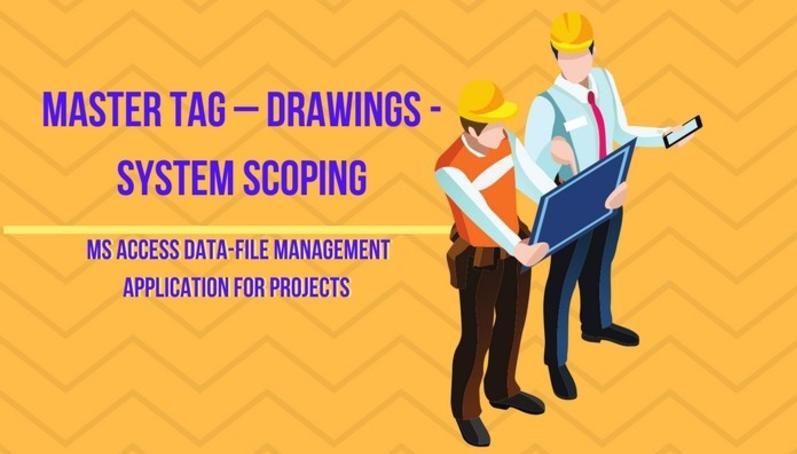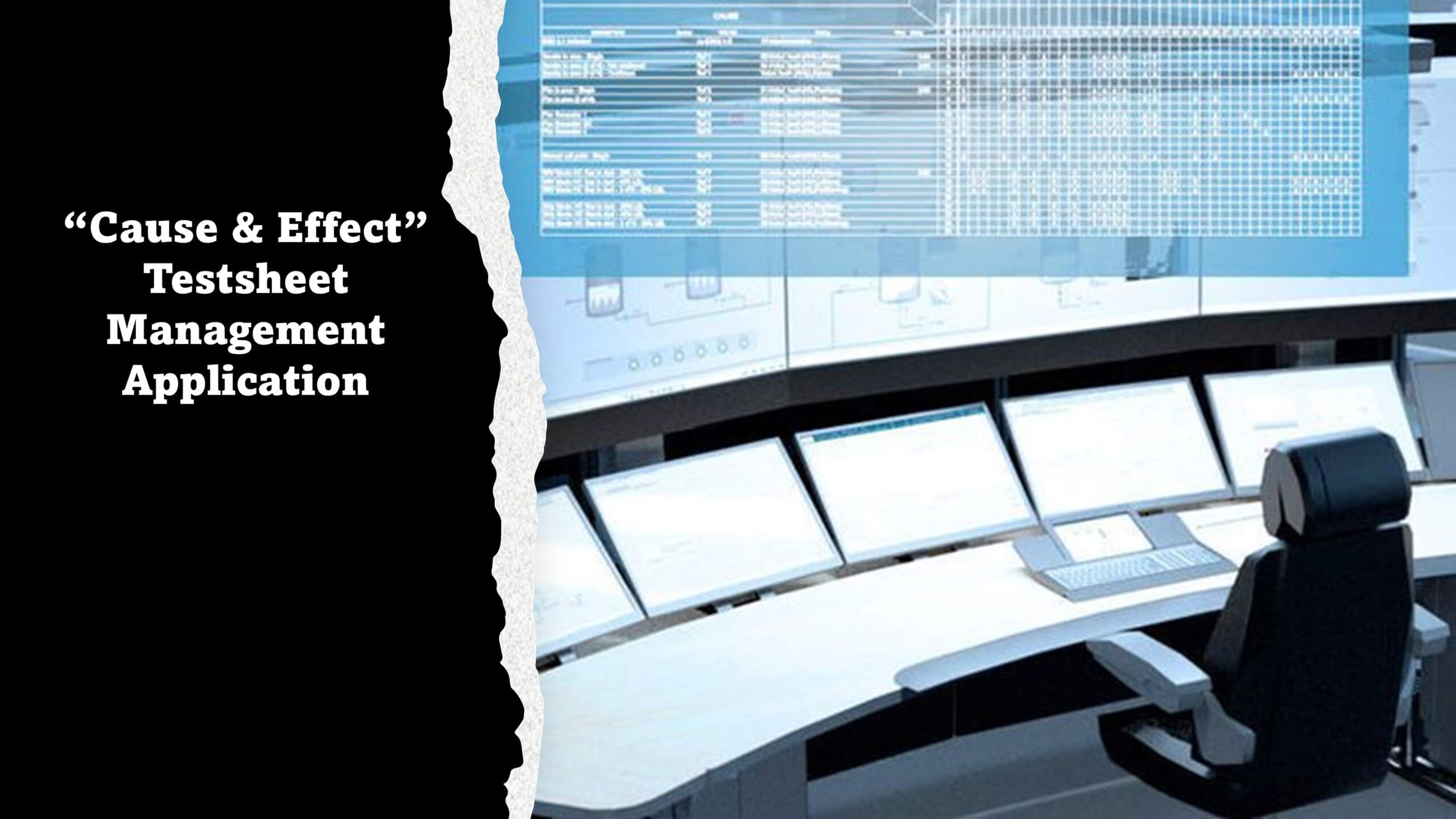Case Study: Invoice Management Application for Contractors

This post was originally published on LinkedIn, May 2017.
Last week, I had just read a couple of interesting articles “Excel as the Most Dangerous Software On the Planet “ and “Microsoft’s Excel Might Be The Most Dangerous Software On The Planet “; both of them are clear depictions that capture the risks of using spreadsheet tracking in big corporations. In this case JP Morgan.
Those articles made me wonder: if that happens with such a big corporation, what would I expect to happen to the average user around the corner?
There is a vast amount of information that modern life has driven us into, this information could easily outpass and overwhelm us. Monthly expenses, bank accounts, passwords for every single online service, personal documentation, taxes, vacation plans, investments, family birthdays, home maintenance scheduling, and the list goes on, not to mention if we are an independent contractor or small business operator.
All of that data information requires management usually with passwords, username, id, account number, website link, etc. and documents like contracts, bills, results, logs, policies, etc.
The truth is that spreadsheets are over-used in an instinctive data management attempt –which of course is better than paper notes! – . The problem is that spreadsheets are often not the most effective data management tool. They can give the user an overconfidence regarding data integrity; furthermore, the copy-paste actions simply undermines any trace of such data integrity.
This article presents a case study about an invoice management application, which of course is a quite simpler process compared to a financial market analysis.
Case Study: Invoice Management for Contractors.
Most independent contractors know the importance of competent invoice management. In general terms, a simple invoice management involves:
• Invoice Generation • Filing • Email to the Client • Recording
Actually, the process should be straightforward, and it shouldn’t distract contractors from their primary activity. Here below is a 2 ½ min demo that shows the processing of the 4 steps above mentioned. As an example, I used the fictional “My Company XYZ that generates an invoice to the fictional ACME client for consulting services.
One of the features I like of MS Access is the ability to produce .pdf files using report designs instead of using template files.
This application automatically filename the “dump” with the client name, date and time, which is very useful to the account to differentiate progressive submissions (i.e.: monthly or quarterly).
Dumping Function
Other useful functions in this application have to do with expenses, reports, and dumps. The dumping function is the export of the list of invoices to be shared with the accountant. As you see, I’m not that against spreadsheets because they are good for a quick data visualization and manipulation. See below 45 sec demo:
This MS Access – VBA application executes all the calculation and storage in the background. No copy-paste, or manual filenaming, which is not only pretty tedious and cumbersome but an invitation to errors and rework.
This application runs locally and could be executed from a USB. A version using Office 365 with a Sharepoint connection/storage will give remote accessibility if needed. It is just a matter to ponder how important remote accessibility is or simply perform periodic backups of the USB.
Conclusions
If it is a matter of only a few invoices, indeed Excel or Word would be enough, but most of our data tend (and hope so!) to grow with more invoices, more services, more clients, etc.
copy-paste and manual file-naming actions are typical causes of error and rework
This MS Access-VBA application that I’ve just presented keeps all the invoice information well organized with quick accessibility. It saves time by automating the processing, e-mailing and reducing error-prone, rework and file management tasks (search, filename, storage, dump, etc.). One only needs to ponder the implication or severity of errors when precise or valid data is required.
Keeping your invoices organized pays off. Your time will thank you. Your accountant will thank you. I know, it sounded a bit like the famous “Yankee Doodle “ movie quote.
End of April, beginning May, Spring is a blooming, a lot of changes this 2017. Oil price remains in the 50’s. Hope World Peace remains steady.
EO
ericocampo@ericocampo.com
Eric Ocampo is a Project Management Professional and Microsoft Access Certified Specialist with an Electronic Sciences Degree. He is a proactive Database Administrator/Developer that has worked in Construction, Oil & Gas projects in North and South America, and the Middle East since 2001. He has worked in Mechanical Completions as SCDBA of QEDI and WinPCs systems, and as a Database Developer, he has developed applications for Project Turnover, Completions, Materials, Preservation, Dossier reviews, Weld Tracking, Instrument loops, etc.
His early experience includes a role as MWD (Measure While Drilling) Operator with Anadrill Schlumberger.



